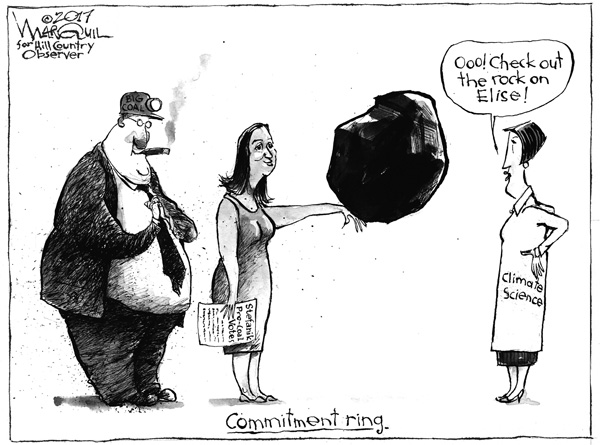Editorial May 2017
E D I T O R I A L
Plan for a downtown gets the big stuff right
We have learned over the past few decades in our region that there are many ways to wreck a downtown.
We’ve also learned, with good reason, to fear ambitious redevelopment schemes concocted in the name of saving struggling downtowns – plans that too often have done more harm than good.
So it’s worth taking a moment to celebrate just how much civic leaders in Bennington have gotten right in their grand plan to repurpose nearly a full square block in the heart of their downtown.
As our cover story this month details, an unusual coalition of nonprofit organizations and business leaders has stepped up to buy and redevelop six properties encompassing four acres in the so-called Putnam block, the southwestern quadrant of the “four corners” at the center of downtown Bennington. Key members of this coalition include Bennington College, Southern Vermont College and the parent company of Southwestern Vermont Medical Center, all of which need for space to expand their operations.
The redevelopment coalition has taken advantage of an unusual circumstance: The six properties that make up the project site all were controlled by the Greenberg family, whose lumberyard and building supply complex occupied a chunk of the Putnam block for 65 years before closing in 2014. The Greenbergs were willing to sell the properties as a group.
For downtown Bennington, a project of this size represents a huge opportunity – and poses some major risks. Around our region, communities from Pittsfield to Glens Falls, Rutland and North Adams have all experienced the damage of poorly conceived redevelopment schemes. Thankfully, the Bennington coalition seems to have absorbed the most important lessons from the calamities of the Urban Renewal era.
The first and foremost lesson is that great buildings from the era before automobiles are easy to destroy and virtually impossible to replace. The Bennington project would save and renovate three of these structures, all 19th century gems – including the sprawling old Putnam Hotel, which given its size and placement is perhaps the most important building downtown. The old hotel and the buildings just to its west and south would retain space for retailers and restaurants at the street level, with new apartments and offices above.
Meanwhile, new buildings proposed as part of the project would add to, rather than detract from, downtown’s urban fabric. At least two new multistory buildings would go up farther west along Main Street and Washington Avenue, filling in what is now mainly a dead zone occupied by a gas station and the former Greenberg’s lumberyard. The new buildings would front on the sidewalk, expanding downtown’s pedestrian-oriented development pattern. Parking is appropriately relegated to back-alley lots along Franklin Lane.
Finally, one of the key goals outlined by the Bennington Redevelopment Group is the creation of “membership housing” on the upper floors of the old and new buildings. Making it possible for more people to live downtown is critical to the success of any revitalization plan, because people in upper-floor apartments will help to sustain the businesses at the street level.
There are, of course, many details still to be clarified and perhaps modified as the project takes shape over the next several years. But from the standpoint of urban design, the initial vision laid out by the Bennington Redevelopment Group represents a huge step forward for downtown.


